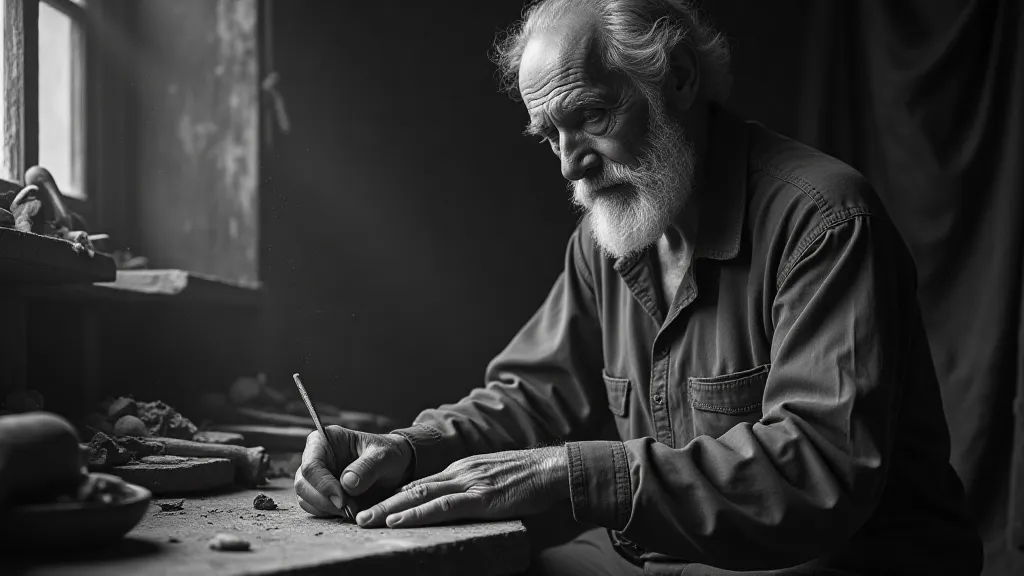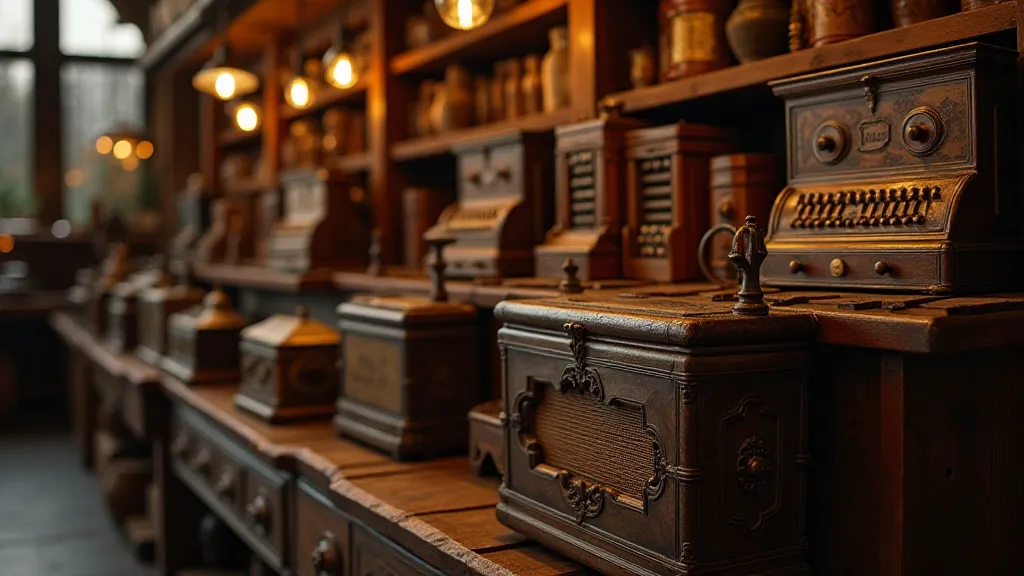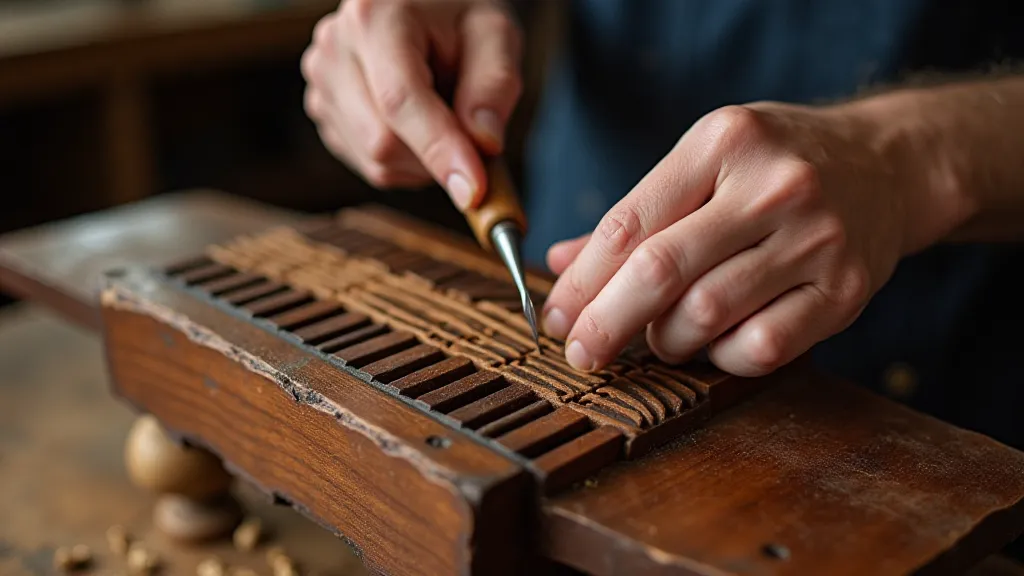The Artisan's Shadow: Examining the Social Status of Wood Carving Historically
The scent of aged wood, the rasp of a chisel against grain – these sensations transport me not just to a craft, but to a time before mass production, when objects held stories etched into their very being. My fascination lies particularly with antique accordions, instruments often overlooked in discussions of fine art, but which embody the skill and artistry of generations of woodworkers. Thinking about them, I began to wonder: what was the place of the wood carver in the societies that birthed such beautiful, functional items? Were they celebrated artists, humble laborers, or something else entirely? The answer, unsurprisingly, is complex, shifting with geography, era, and the specific role the carver filled.

From Necessity to Ornament: The Early Roles
Initially, wood carving existed as a necessity. Early humans carved tools, weapons, and shelters from the readily available material. The skill wasn’t necessarily prized as “art” but as vital for survival. As societies evolved, carving moved beyond purely functional objects. Furniture, architectural details, and religious icons began to demand more than just basic functionality; they required embellishment. This is where the carver’s social standing began to be shaped. In many cultures, particularly in rural communities, the village carpenter – and often, the village carver – held a position of quiet respect. They weren’t flashy entertainers, but they were indispensable. They built homes, crafted cradles, repaired wagons, and, of course, provided the carved elements that imbued everyday objects with a sense of beauty and meaning.
Consider, for example, the Scandinavian tradition of rosemaling, or decorative painting on wood. While the painting itself is the visible artistry, the foundation is the carved wood, often with incredibly complex geometric patterns. The carver's work, though foundational, might have been less overtly celebrated than the painter’s, but both were crucial to the final product. The carpenter in a small Norwegian village wasn't just providing a service; he was contributing to the community’s cultural identity, shaping its visual landscape. His skill was passed down through generations, a family legacy intertwined with the rhythms of rural life.
The Guild System and the Rise of Specialization
As societies became more structured, the rise of guilds significantly impacted the carver's status. In medieval Europe, guilds were powerful organizations that controlled aspects of a particular craft – from training and quality standards to pricing and distribution. Carvers often fell under the umbrella of larger guilds, like the carpenters’ or joiners’ guilds. This provided them with a degree of protection and ensured a reasonable income, but it also limited their artistic freedom. While guild membership offered stability, it also enforced conformity to established designs and techniques. Truly innovative carving styles might be discouraged, seen as disruptive to the guild’s established order.
However, within those guilds, master carvers held considerable respect. They were not simply laborers; they were recognized artisans with years of training and experience. They oversaw apprentices, controlled the quality of work, and often held positions of leadership within the guild. The ability to carve intricate details, to understand the grain of the wood, and to execute a design with precision was a mark of expertise and a source of pride. The finest pieces – elaborate altar carvings, intricately decorated furniture – were often commissioned by wealthy patrons, signifying the carver’s ability to create something truly exceptional. These pieces weren't just functional; they were statements of wealth, power, and refined taste.
Folk Art and the Loss of Formal Recognition
The 18th and 19th centuries saw a shift in the carver's position, particularly with the rise of industrialization and the decline of the guild system. While factory-made furniture became more affordable and accessible, the traditional carver often found themselves relegated to a less prestigious role. They continued to provide custom-made pieces, but the demand for highly ornate, hand-carved objects diminished. This era also saw the emergence of "folk art," a term often applied to the work of self-taught or rural craftspeople. In many cases, these were the descendants of generations of carvers, maintaining traditional skills despite lacking formal training or guild affiliation.
The term “folk art” can be problematic. While it celebrates the ingenuity and creativity of ordinary people, it also carries a subtle implication that this work is somehow “lesser” than fine art produced within formal institutions. The carvers who produced these folk art pieces – the ones who carved whimsical animals, intricate door panels, or decorative elements for everyday objects – were often overlooked by the art world. Their skills were valued within their local communities, but their contributions were rarely recognized on a broader scale.

The Enduring Legacy: Appreciation in the Modern Era
Today, there's a renewed appreciation for the skills and artistry of traditional wood carving. Collectors seek out antique pieces, drawn not only to their beauty but also to the stories they embody – the stories of the carvers, the communities that supported them, and the traditions that shaped their craft. The meticulous restoration of antique accordions, for instance, requires an understanding of not just woodworking techniques but also the historical context in which these instruments were created. Each repaired joint, each carefully re-carved detail, is a testament to the enduring legacy of the artisan.
The carver's shadow, once obscured by the forces of industrialization and changing aesthetic preferences, is now lengthening once more. We are beginning to recognize that the true value of handcrafted objects lies not just in their beauty but also in the human connection they represent. The wood carver, whether a guild master, a folk artist, or a village carpenter, was more than just a craftsperson; they were a keeper of traditions, a creator of beauty, and a vital member of their community. And understanding their historical status allows us to better appreciate the treasures they left behind.






